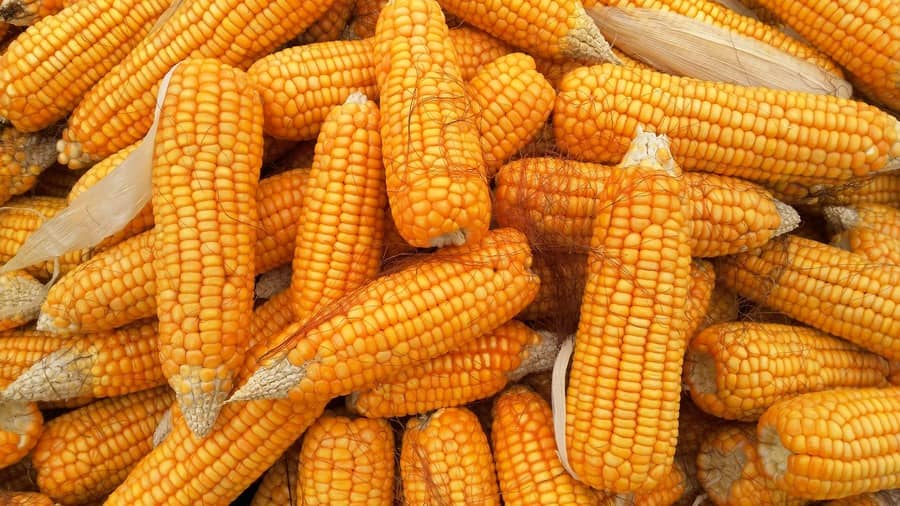The corn market on the CBOT has something artificial in 2023. The crop updated by USDA last week left production only 2 mln tons behind the last record and maintained the expansion of stocks to the highest level since 2018. Even so, the market saw support for highs on Thursday, in a harvest period with more than 60% still to reach the market, as well as highs in wheat even with an increase in the US output and stocks. Is the market waiting for some variable in wheat to boost prices for this commodity with an impact on corn? Is the market waiting for the harvest to advance or new production cuts in the USA? In addition to this situation, there is now a huge divergence between USDA and the Chinese government on the data on China, which has a strong influence on prices.
The USDA report for this month of October was expected with downward adjustments in the stocks for the 22/23 business year due to the quarterly stocks report on September 30. The carryover stocks of the previous business year fell from 36.9 to 34.6 mln tons. This piece of information alone could reduce the new season stocks.
However, there was also a productivity cut from 173.8 to 173 bushels/acre, still fully within a historical average, but, of course, slightly below the September report and market expectations. Instead of a crop of 384.4, the update brought 382.6 mln tons. The 2023 crop is just 2 mln tons away from the 2016 record. Stocks for the 23/24 business year fell to 53.6 mln tons, the highest since 2018.
The corn price curve remains bearish. However, investment funds and banks seem to want to artificially support corn prices above USD 4.70/bushel in the middle of the 2023 US harvest. The harvest was 34% complete last week, that is, more than 60 % of the crop to be reaped in the next few days. Premiums in the Gulf of Mexico began to decline in an inverted curve to that of the CBOT. At some point in the next few weeks, the CBOT curve will have to work within the fundamental reality.
There is an attempt to support the corn price relative to wheat. Wheat prices have dropped significantly, and now there are production losses in Australia and Argentina. However, production and stock projections for the US were high. Furthermore, Russia remains strong in international sales. Could corn prices be supported that way?
The other point is oil. With the risk of an escalating crisis in the Middle East, oil becomes an immediate target. A surge in oil prices could boost both ethanol and biodiesel prices, helping to support corn and soyoil.
An important variable for the corn market, which now has a fundamental divergence, is the data on China. USDA persisted in its production projection of 277 mln tons for China while the Chinese government updated it to 285 mln tons. The difference seems small, but it changes a fundamental figure: the forecast for imports. USDA maintains its
projection of 23 mln tons, a level that could still give the US chances to sell a larger volume to this destination. The Chinese government projects 17.5 mln tons, limiting the possible need to buy US corn. This is because China will buy close to 10/12 mln tons of Brazilian corn until January, having already shipped 7 mln tons. This is very important for the maintenance or not of prices on the CBOT.
Ukraine and Europe registered small corrections in production and stocks, which barely changes the fundamental context. What is happening at this moment is a strong contraction in Ukrainian corn prices, from around USD 175 to USD 163 FOB, showing selling pressure in the Black Sea region, mainly with the Middle East having supplied itself in Brazil in recent weeks. This could also be a symptom for the region’s market to reduce purchases in Brazil and resume shopping from Ukraine.
Follow the Safras Agency on our website. Also follow us on our Instagram and Twitter and stay on top of the main agribusiness news!
Copyright 2023 – Grupo CMA

